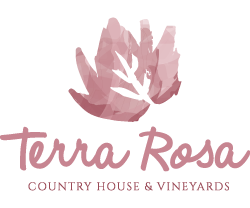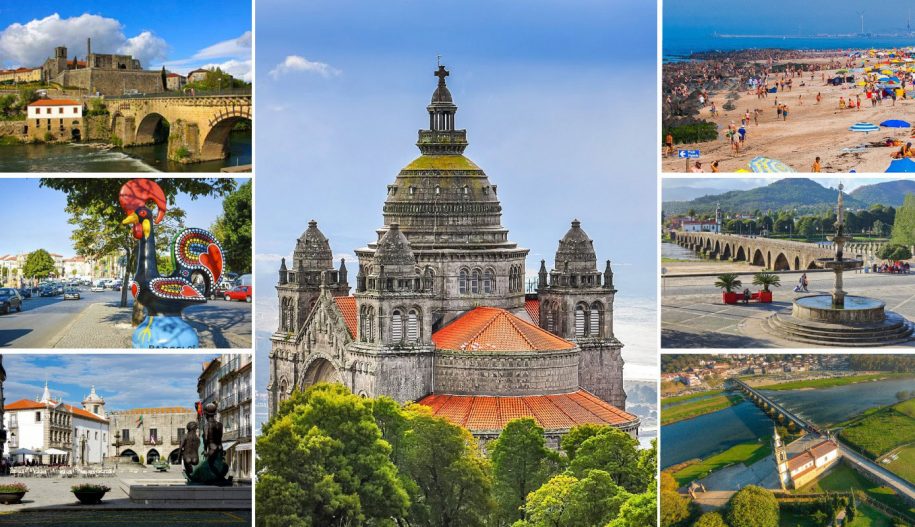Alto Minho is one of the most remarkable regions of Portugal, with a rich and complex landscape where tradition and nature are respected. Located in the very north of the country, where Portugal was once born, this region has both the sea and mountains to offer. The region stretches from beaches with distant horizons and coastal villages of fishing origin, to the mountains of unique fauna and flora, with the Peneda-Gerês National Park as its major reference.
There, life flows and flourishes with the refreshing rivers that flow down the mountains. Besides the River Minho, a border river, (one of the most remarkable rivers in the area, rising in Galicia and carving its way through Minho until it flows into the Atlantic) it also has the River Lima, which gives its name to the oldest town of Portugal: Ponte de Lima. Legend has it that the river owes its name to the Greek word Lethes, (which means oblivion) and during the Roman invasions the soldiers were said to hesitate crossing it for fear of losing their memory and identity. The town is one of the best examples of heritage conservation of Alto Minho and one of the driving forces of the region and of the Minho culture. The green of the fields and the landscapes dominates this zone, and that main gastronomic delicacies are vinho verde wine and caldo verde soup. This singular territory has one of the most interesting national cuisines, ranging from cod cakes and the Gomes de Sá cod dish, to cabidela rice or sarrabulho (made from poultry of mixed meats and animal blood), sável (fish) and lamprey de escabeche, Minho-style meat and potato stew or pork stewed in lard, in addition to confectionery and desserts, of which the rabanadas and the mexidos de Natal stand out.
Minho has in its people its greatest wealth. The people are proud of the greatness of their cultural and immaterial heritage, habits and customs. The traditional and artistic heart of Viana, (filigree worked jewellery) symbolizes all the richness of this culture. It is not surprising, therefore, that during the street pilgrimages, women’s costumes exhibit their joy through the brightest and most diverse colours and that Minho folklore is an expression of this genuineness.


